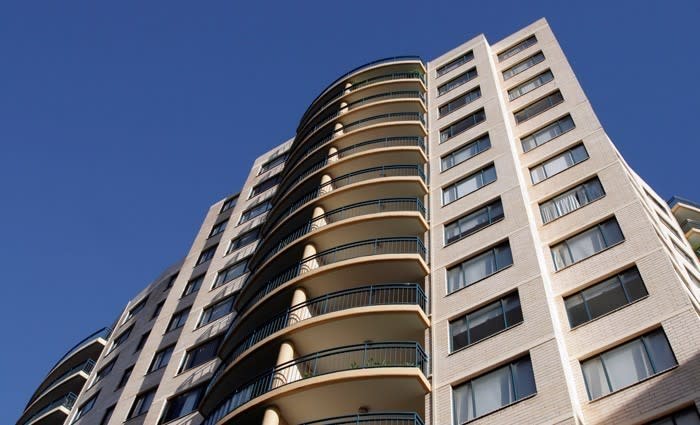New apartment market to show signs of recovery in 2019: Urbis
Australia national new apartment market is set to show signs of recovery in 2019, according to the Urbis Q4 Apartment Essentials Report.
They found with new stock coming in and sales experiencing speed bumps, national apartment sales as a percentage of available stock surveyed has dropped to a new low of 7.7% in quarter four.
"We’ve seen fluctuating results around the country," said Clinton Ostwald, Director at Urbis.
"In many markets, buyers are soaking up the existing completed stock as the brakes have been put on new launches.
"In other markets, new projects are still being launched to market, replenishing the supply and leading to steady sales.
"Sales rates have been dropping for the last two years, so it’s no surprise that 2018’s results were lacklustre in comparison to 2017."
The report found in Sydney, sold stock averaged 21% of available supply throughout each quarter in 2017 but that dropped by 5.5% in 2018.
Melbourne and the Gold Coast followed suit, with a smaller drop of roughly 4% over the same period.
However Brisbane and Perth, the markets that have seen the least new stock enter, have actually seen slight increases percentage of stock sold in 2018.
Urbis said "it’s not the stock crisis we imagined one year ago".
"Lower levels of new stock entering the market has continued to replenish the slow sales throughout 2018, with 24,000 new apartments launching throughout the year," said Ostwald.
Melbourne had the most built over 2018 with roughly 11,244 new apartments entering the market, while Sydney placed second in the country with 4,810 new apartment launches.
Brisbane remained an outlier with no new launches in the quarter, however the report noted that "the first half of 2019 will likely bring over 1,000 new apartment launches for the sunny city".
Apartment approvals are at their lowest in the history of Urbis’ Apartment Essentials, sitting at 4,576 in quarter four 2018.
"We need to keep an eye on supply levels as ongoing population growth, particularly on the East Coast, will quickly take up available supply," said Ostwald.
"This may result in a housing supply shortage in the next 12 to 18 months as we are also seeing fewer completions in the greenfield house and land market."
46% of total sales for 2018 were attributed to owner occupiers.
Interstate investors accounted for 19% of sales, up 10%.
Local state investors, who previously accounted for 30% of the market in 2017, dropped down to 17% in 2018, in line with foreign investors.
7.7% of the surveyed available stock was sold in the December quarter across the five markets:
The national weighted average sale price was recorded at $705,226 for Q4.
Average apartment sale price:
- Sydney – $899,793
- Melbourne – $656,739
- Brisbane – $831,884
- Perth – $602,524
- Gold Coast – $715,032
The most popular apartment sales were two-bedroom, two-bathroom apartments, making up 47% of total sales.
Across the cities the highest selling product types were:
- Sydney – One-bedroom, one-bathroom apartments – 48%
- Melbourne – Two-bedroom, two-bathroom apartments – 44%
- Brisbane – Two-bedroom, two-bathroom 53%
- Perth – Two-bedroom, two-bathroom – 41%
- Gold Coast – Two-bedroom, two-bathroom – 66%
The report found 25% of actively selling apartments are in presales, 49% are under construction and 26% are recently built.
